Is this historical restoration?
Gnomlet
20 years ago
Related Stories
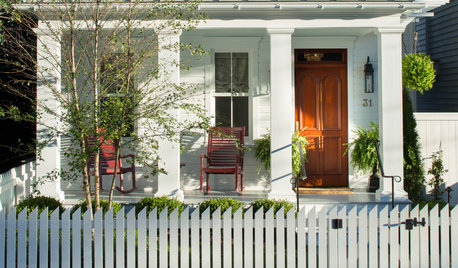
TRADITIONAL HOMESHouzz Tour: Historic Charm Restored to a Dilapidated Coastal Home
Along the waterfront in Annapolis, Maryland, a couple gain space but preserve their 1800s home’s period looks
Full Story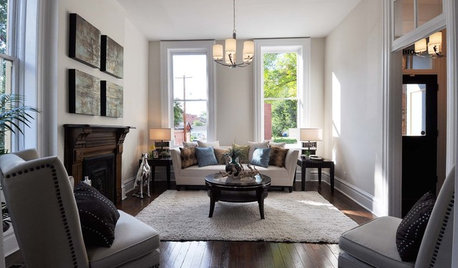
HOUZZ TOURSHouzz Tour: Restoration Revives a Historic Italianate Home
Painstaking work on a 3-bedroom in St. Louis results in a home that marries modern conveniences and respect for the past
Full Story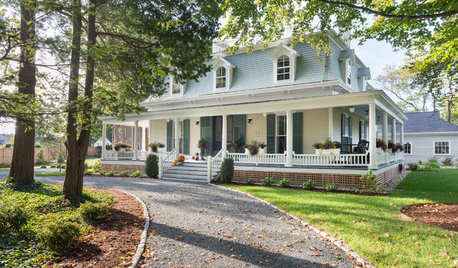
TRADITIONAL HOMESHouzz Tour: Pride Restored to a Historic Rhode Island Home
Designers spruce up Narragansett’s first summer cottage while adapting the Victorian-era home for modern living
Full Story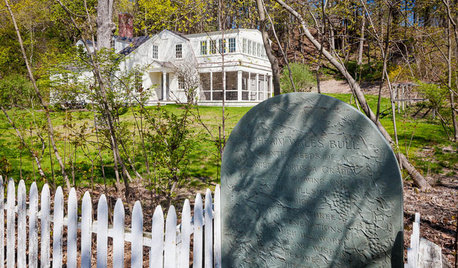
TRADITIONAL HOMESHouzz Tour: Historic Concord Grapevine Cottage’s Charms Restored
This famous property had fallen on hard times, but passionate homeowners lovingly brought it back
Full Story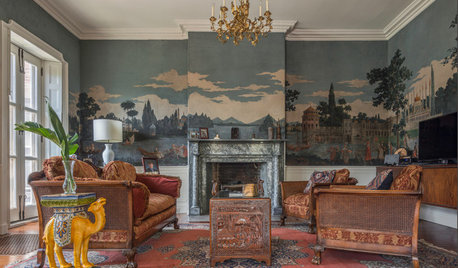
ROOM OF THE DAYRoom of the Day: New Life for Historic Wallpaper Landscapes
In a Rhode Island mansion, painstaking restoration saves lavish woodblock-printed paper scenes commissioned in the early 1800s
Full Story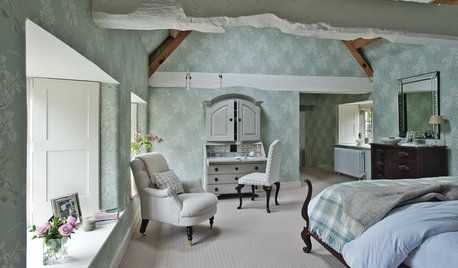
TRADITIONAL HOMESHouzz Tour: Historic Manor House Regains Its Country Style
A neglected 11th-century property is restored to its former glory as a traditional family home
Full Story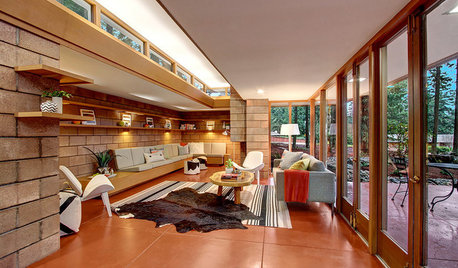
HOUZZ TOURSHouzz Tour: Saving a Historic Gem in Washington
A Seattle-area developer skips the usual scrape-and-subdivide, restoring a Usonian-style house designed by a Wright protégé
Full Story
TRADITIONAL HOMESHouzz Tour: Historic Home Combines Elegance and Comfort
The restoration of an 1880s clapboard home preserves classic features while adding contemporary function and style
Full Story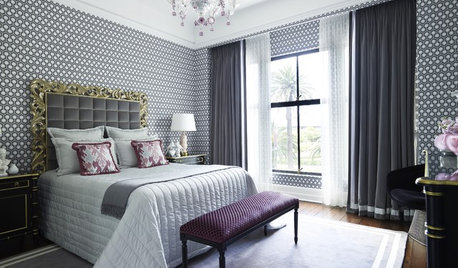
HOUZZ TOURSHouzz Tour: Historical High-Rise in Sydney Goes Glam
New regency style finds full expression in an Australian couple's restored apartment in a famous 1920s building
Full Story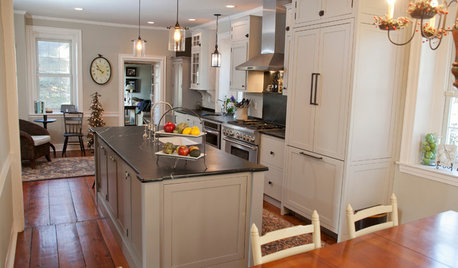
KITCHEN DESIGNNew and Old Mix It Up in a Historic Farmhouse Kitchen
A couple rethink the kitchen in their Pennsylvania farmhouse to restore authenticity while also creating a space for modern living
Full StoryMore Discussions






PucPuggyII
kategardens
Related Professionals
West Milford Landscape Architects & Landscape Designers · Concord Landscape Contractors · Harrisburg Landscape Contractors · Hayden Landscape Contractors · Medford Landscape Contractors · Reedley Landscape Contractors · Shirley Landscape Contractors · Wallingford Landscape Contractors · Callaway Siding & Exteriors · South Windsor Siding & Exteriors · Thornton Siding & Exteriors · DeKalb General Contractors · Green Bay General Contractors · Hutchinson General Contractors · Merrimack General ContractorsGnomletOriginal Author
inkognito
PucPuggyII
FranVAz7
kategardens
inkognito
GnomletOriginal Author
gulliblevolunteer
mad_gallica (z5 Eastern NY)